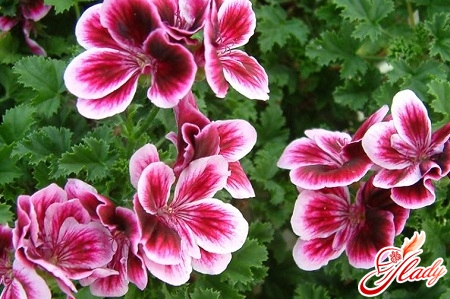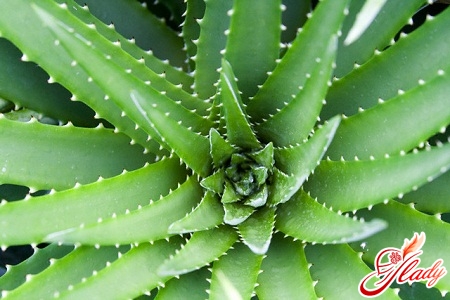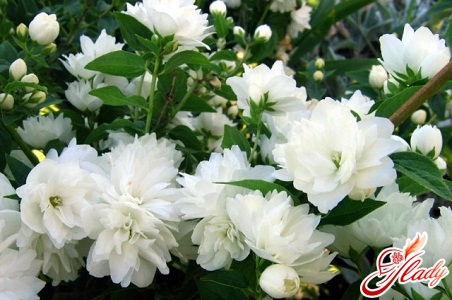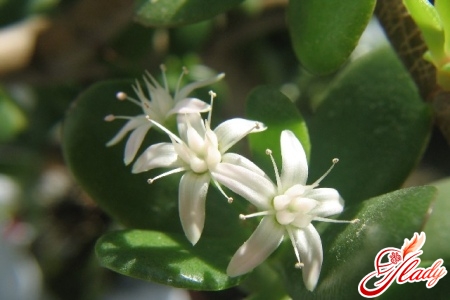 Every gardener has this in their collection of indoor plants.There are delicate, very capricious specimens, and absolutely unpretentious flowers among plants. The latter can safely include the money tree (crassula). It is not for nothing that the money tree is considered one of the most common indoor plants - it is really very hardy and even ascetic. However, even an unpretentious money tree can get sick. Sometimes, a seemingly completely healthy tree suddenly withers or begins to shed leaves, or even dies for unknown reasons. And the cause of the ailments of this green pet is improper care and pest damage. Let's find out more about these reasons.
Every gardener has this in their collection of indoor plants.There are delicate, very capricious specimens, and absolutely unpretentious flowers among plants. The latter can safely include the money tree (crassula). It is not for nothing that the money tree is considered one of the most common indoor plants - it is really very hardy and even ascetic. However, even an unpretentious money tree can get sick. Sometimes, a seemingly completely healthy tree suddenly withers or begins to shed leaves, or even dies for unknown reasons. And the cause of the ailments of this green pet is improper care and pest damage. Let's find out more about these reasons.
Disease of a money tree
The money tree can get sick as a resultimproper care. The fat woman is a succulent, so most often the main reason for the most common disease - root rot - is excessive watering. Externally, this is manifested in yellowing and falling leaves. And an earlier signal is the loss of elasticity of the leaves. So, if the leaves of your money tree have become soft, then sharply reduce its watering. If this measure does not help, and the tree continues to wither, then it needs to be replanted. Remove the plant from the pot, free the roots from the soil and rinse them in warm running water. Let the roots dry completely and inspect. If you find rotten roots, cut them with a sharp knife, and powder the cuts with charcoal. After this, transplant the money tree into a new pot with fresh soil and do not water the plant immediately after transplanting. If upon inspection you discover that not only the roots but also the base of the trunk have begun to rot, then it will not be possible to revive such a tree. Fungal infections of the money tree are very rare. But such a misfortune does happen. A clear sign of a fungal disease is white, brown or brown spots on the leaves. To treat a fungal infection, it is enough to treat the money tree with special preparations, strictly following the instructions on the packaging. But black circles on the leaves are a sign of sunburn. To prevent their appearance, the plant simply needs to be shaded from direct sunlight. By the way, followers of the Feng Shui teachings claim that the money tree can also get sick due to mental disorder or depression of its owner. However, whether you agree or not with this esoteric postulate is your business. But many gardeners are sure that the soul of the plant and the soul of the person who grew it are closely connected. So it is possible that the unhealthy state of your money tree is not a disease at all, but a reaction to your mental discomfort.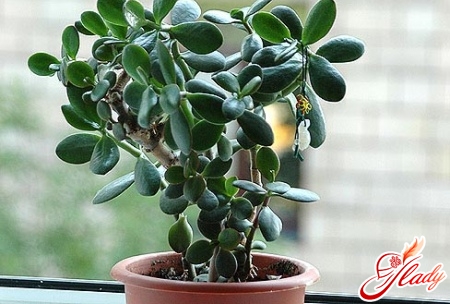
Money tree pests
As we have already said, the money tree is sickvery rarely. It is also quite rarely affected by pests. There are no special insects that particularly attack this type of indoor plants. Most often, the money tree is inhabited by common scale insects, spider mites and mealybugs. It is only important to notice the fact of damage in time, recognize the pest and carry out the correct treatment. The scale insect is considered the most dangerous pest of indoor plants. And its main danger is the impossibility of recognizing the pest in the early stages of damage. As a rule, gardeners detect the first obvious signs of damage already at the moment of appearance of yellow or red-brown spots on the leaves. When examining damaged leaves, at the base of the petioles and on the back of the leaf, you can see the scale insects themselves. Measures to combat scale insects.
- Mechanical removal. Insects are scraped off leaves and stems, pre-lubricating the scabs with kerosene or alcohol.
- The money tree is treated with tobacco infusion or a soapy solution. To do this, use a moistened cotton swab.
- Rinse the treated leaves and stems with clean water (also using a tampon).
- Process the plant with an insecticidal drug of a broad spectrum of action (according to the instructions).
Spider mites are also considered difficult to get rid of.pest. The first signs of damage are the appearance of small yellowish spots on the leaves. At later stages of damage, you can see webs and the insects themselves between the leaves. It is difficult to fight this pest because of its adaptability to insecticides. For effective control, it is recommended to alternate different broad-spectrum preparations, as well as treat the plant with an infusion of tobacco and garlic or wash the leaves with a soap solution. In addition, it will be useful to treat all neighboring plants, the pot itself, as well as surfaces located near the infected money tree. This is done in order to destroy the eggs laid by the mite. Mealybugs are also dangerous for the money tree, as they feed on the sap of leaves and young green shoots. As a result, the tree first slows down in growth, then the shoots become curved, then the leaves and branches dry up and fall off. A sign of mealybug infestation is deposits in the leaf axils, resembling cotton wool in appearance. Subsequently, sooty fungi also develop on the infected tree. At the initial stage of infection, the parasites are cleaned off with a soft brush, and the money tree itself is treated with a soap solution (as in the case of fighting scale insects). After this, every ten days for a month, the plant is sprayed with an infusion of tobacco or garlic, a decoction of cyclamen tubers or a solution of green soap. If these measures are ineffective, then special insecticidal preparations are used. If damaged by any pests, and with obvious signs of other diseases, the money tree must be replanted. Transplantation is carried out only in a new or disinfected flower pot and only in a new soil mixture. Care for the plant after transplantation continues in the same way. And yet, the money tree is actually unpretentious, very hardy and immune to infections. And if you take proper care of it, then, most likely, all diseases will bypass your pet. We advise you to read:




